Feb 14th 2023 - Team
Types of Mushrooms That You Need to Try
Mushrooms have been consumed and used as medicine for a long time. They are often not given enough credit as food. People who use traditional and folk medicine praise the bell-shaped fungi for their ability to heal and clean. All kinds of mushrooms are low in calories and fat and have small amounts of fiber and different vitamins and minerals. There are so many kinds of mushrooms that we decided to put together a list of some of our favorites with tips on how to cook them.
What are the different types of mushrooms?
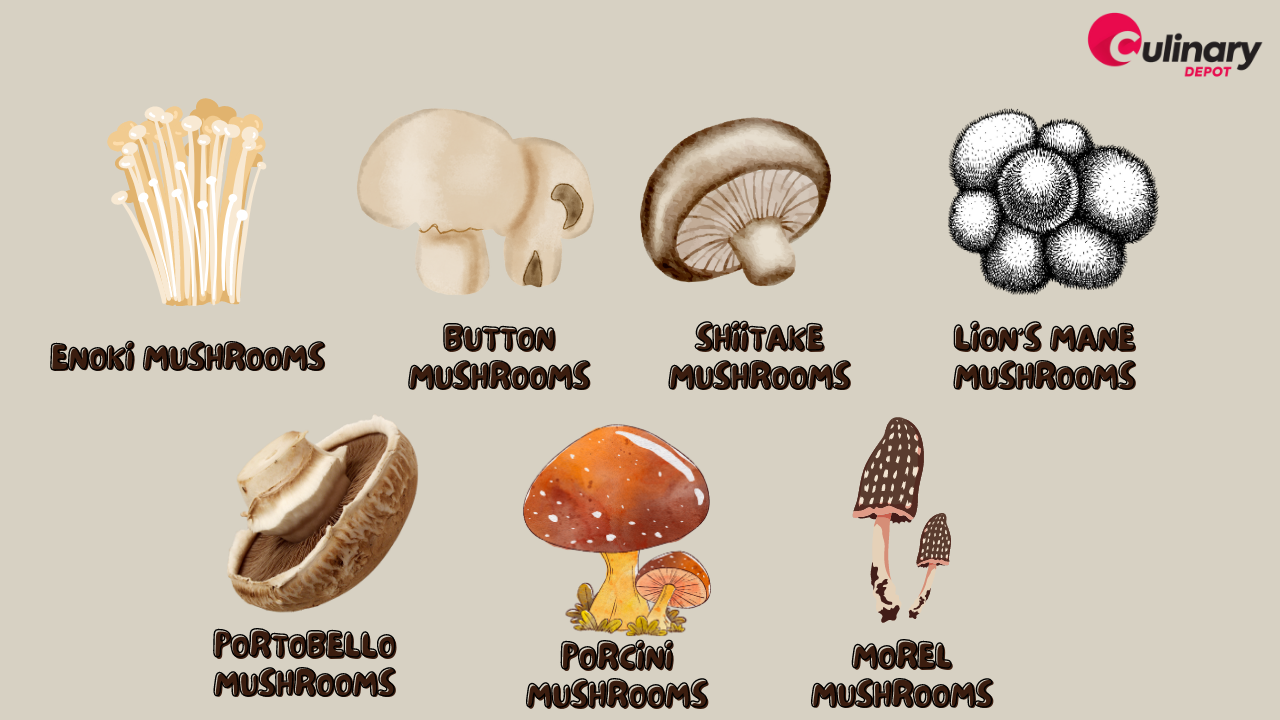
Enoki mushrooms
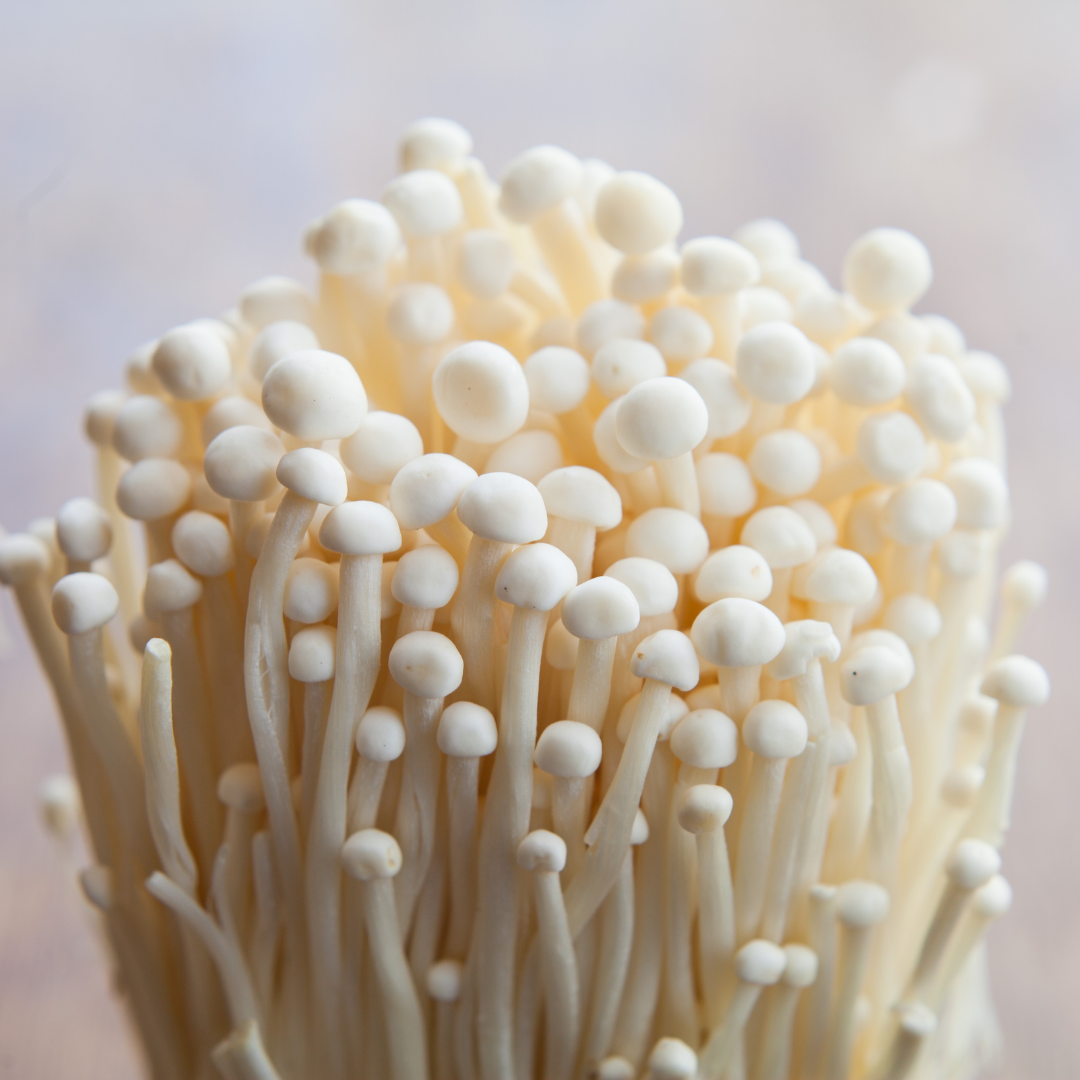
The long stems of enoki mushrooms are highly valued. They are a light cream color and have very long, thin stems and small caps and you can eat them raw or cooked to enjoy their nutty flavor. When cooked, they stay a little crunchy. They are also often used in hot pots, soups, and noodles.
Button Mushrooms
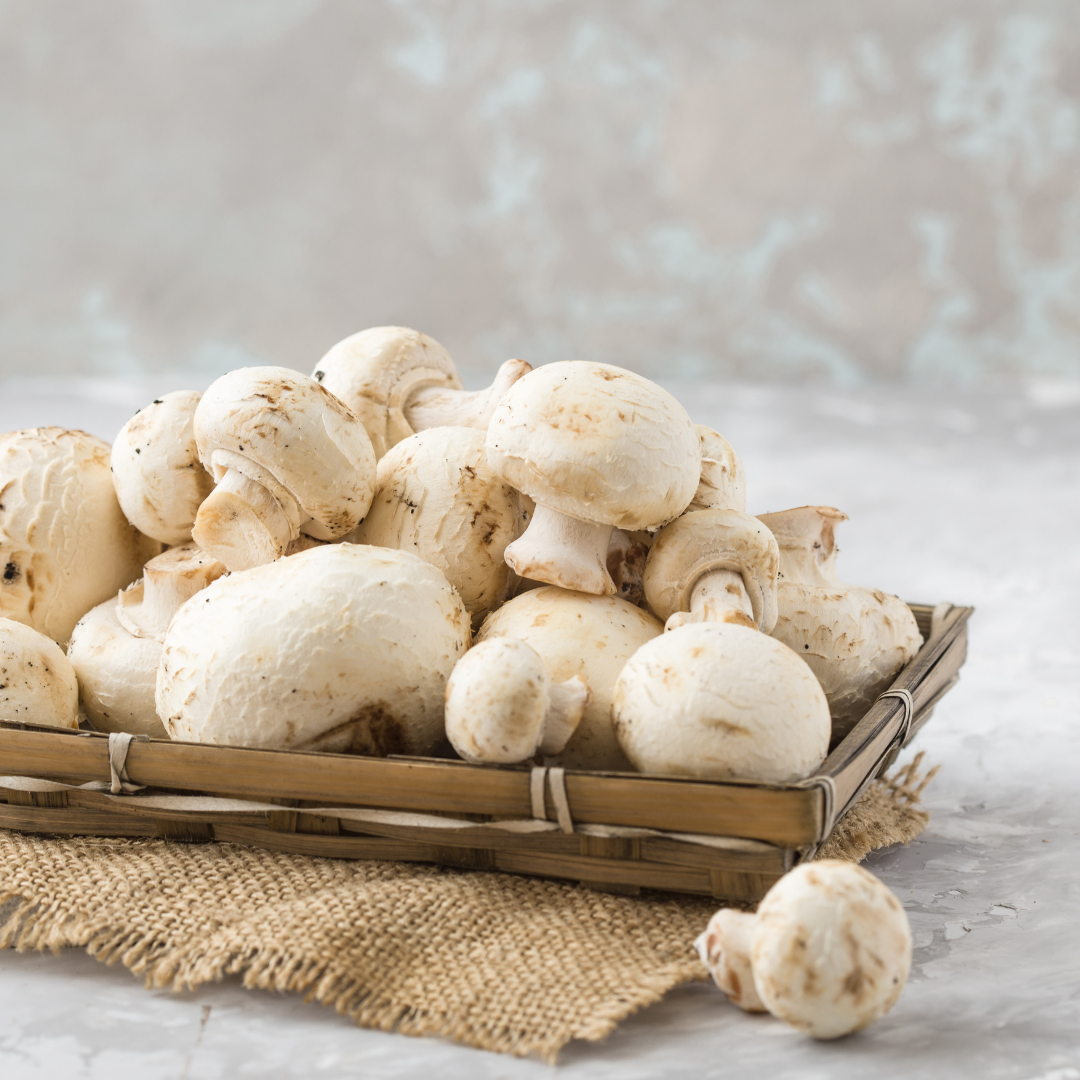
Button mushrooms are one of the most popular mushroom types and you can almost always find them in grocery stores. White buttons, cups, and flat mushrooms are all the same kind. The only difference is when they are harvested. They are sometimes called baby mushrooms or white mushrooms. Most of the time, button mushrooms are the smallest and the first to be picked and they have the lightest taste of the three which makes them delicious for both raw and cooked dishes
They are often used cut up and put on pizzas, in spaghetti sauces.
Shiitake Mushrooms

In Asian cuisine and traditional Asian medicine, shiitake mushrooms are often used.
Shiitake mushrooms are a lot like portobellos in that they feel like meat. When cooked, they have woodsy and earthy flavors. Most of the time, dried shiitake mushrooms are sold.
Maitake Mushrooms
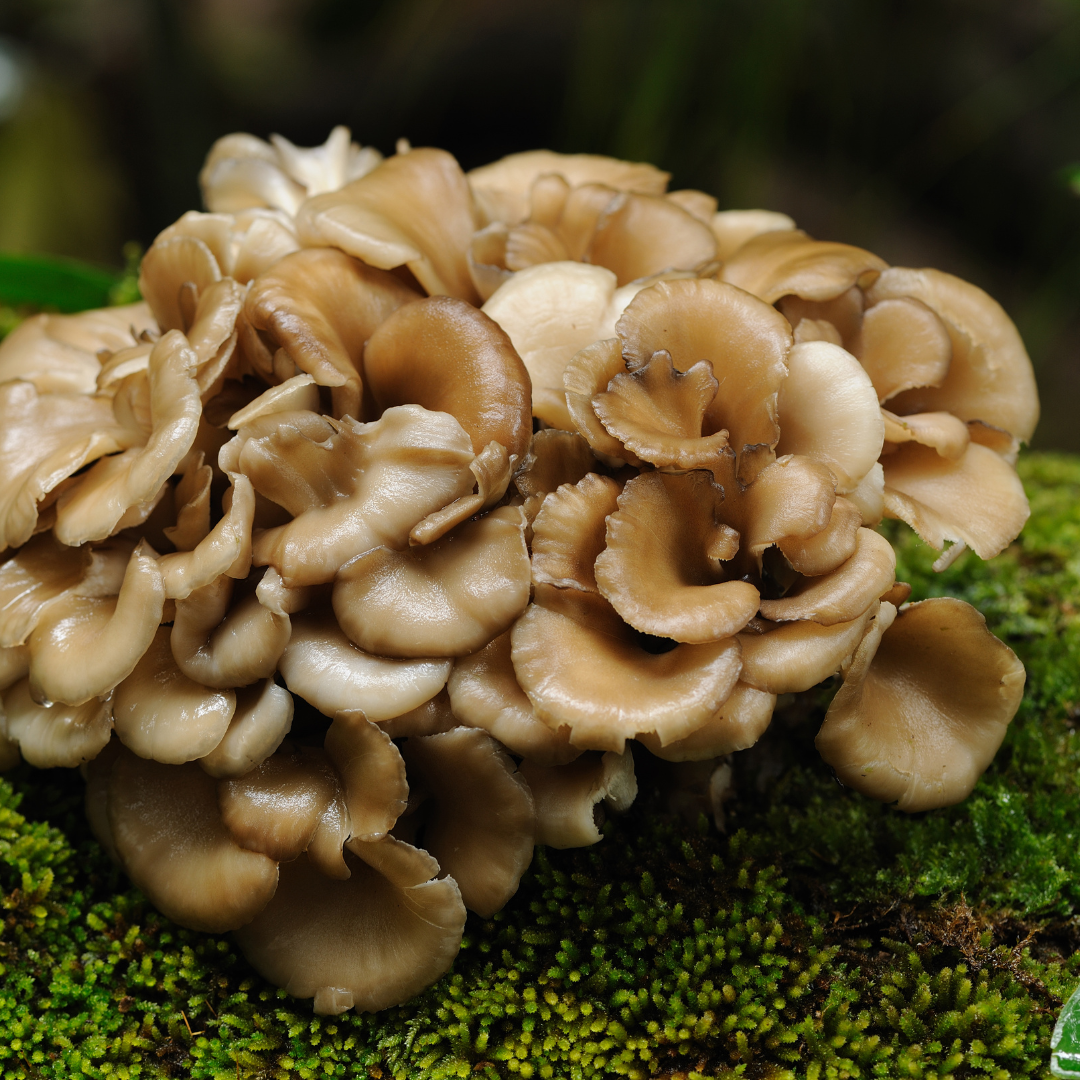
"Hen-of-the-woods" is another name for maitake mushrooms. But they are not the same as "chicken of the woods" mushrooms. Nor with shiitakes, whose name also sounds like it.
Maitake means "dancing mushroom" in Japanese.
When they get big enough, these mushrooms are too tough to eat yet, they are widely used because they are good for your health.
They also have a hypoglycemic effect that can help manage diabetes and lower blood sugar. They can also help with high cholesterol. help the body's defenses
Lion's Mane Mushrooms
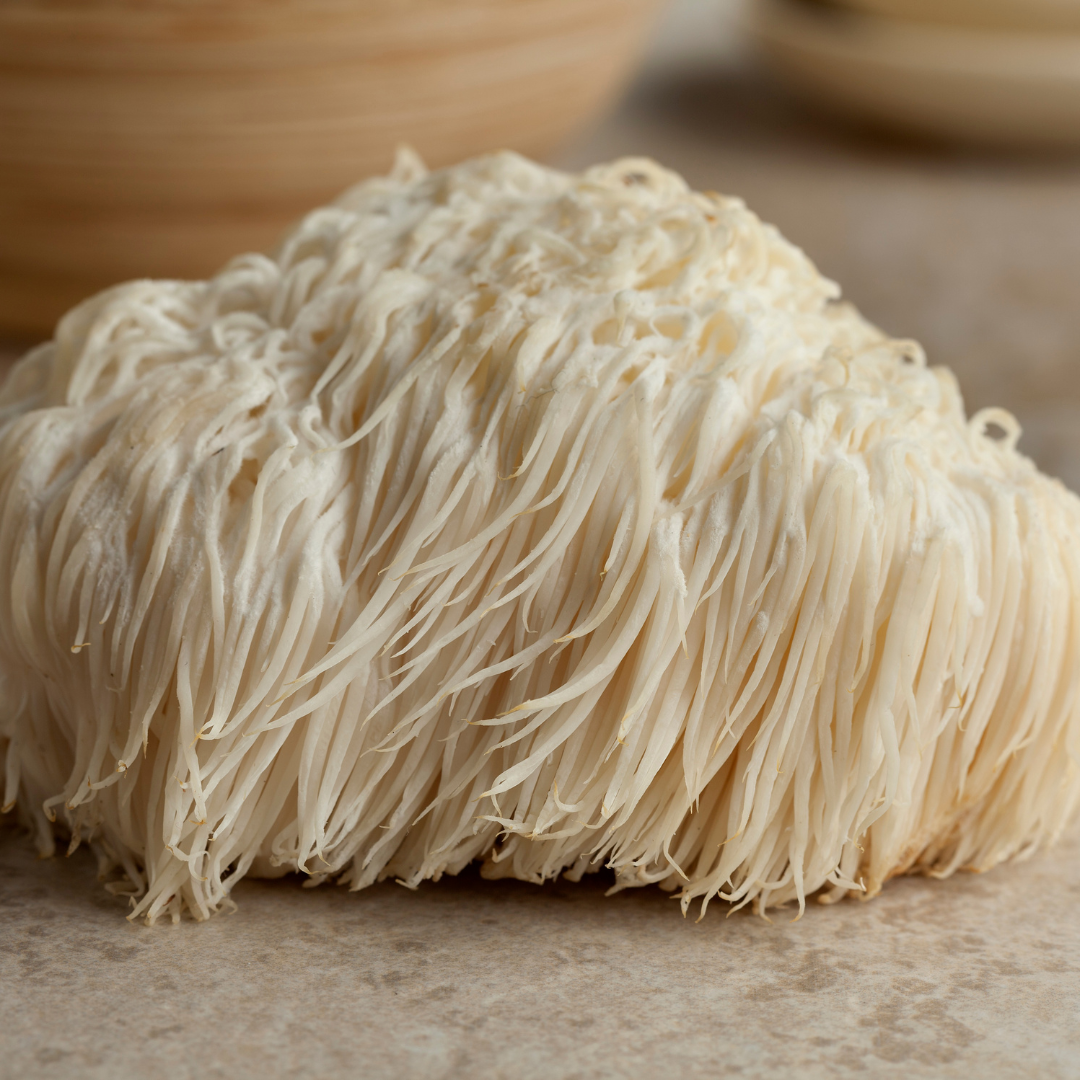
Lion's mane grows on the sides of trees in clumps. They look a bit like the stalactites that hang in caves.
Lion's mane is said to improve focus and mood and keep the brain healthy. They also boost the immune system and make the body less inflamed.
Lion's mane is not like most medicinal mushrooms in that it can be eaten because its meat is tough and stringy, and it tastes sweet and savory, like lobster or crab.
Matsutake Mushrooms
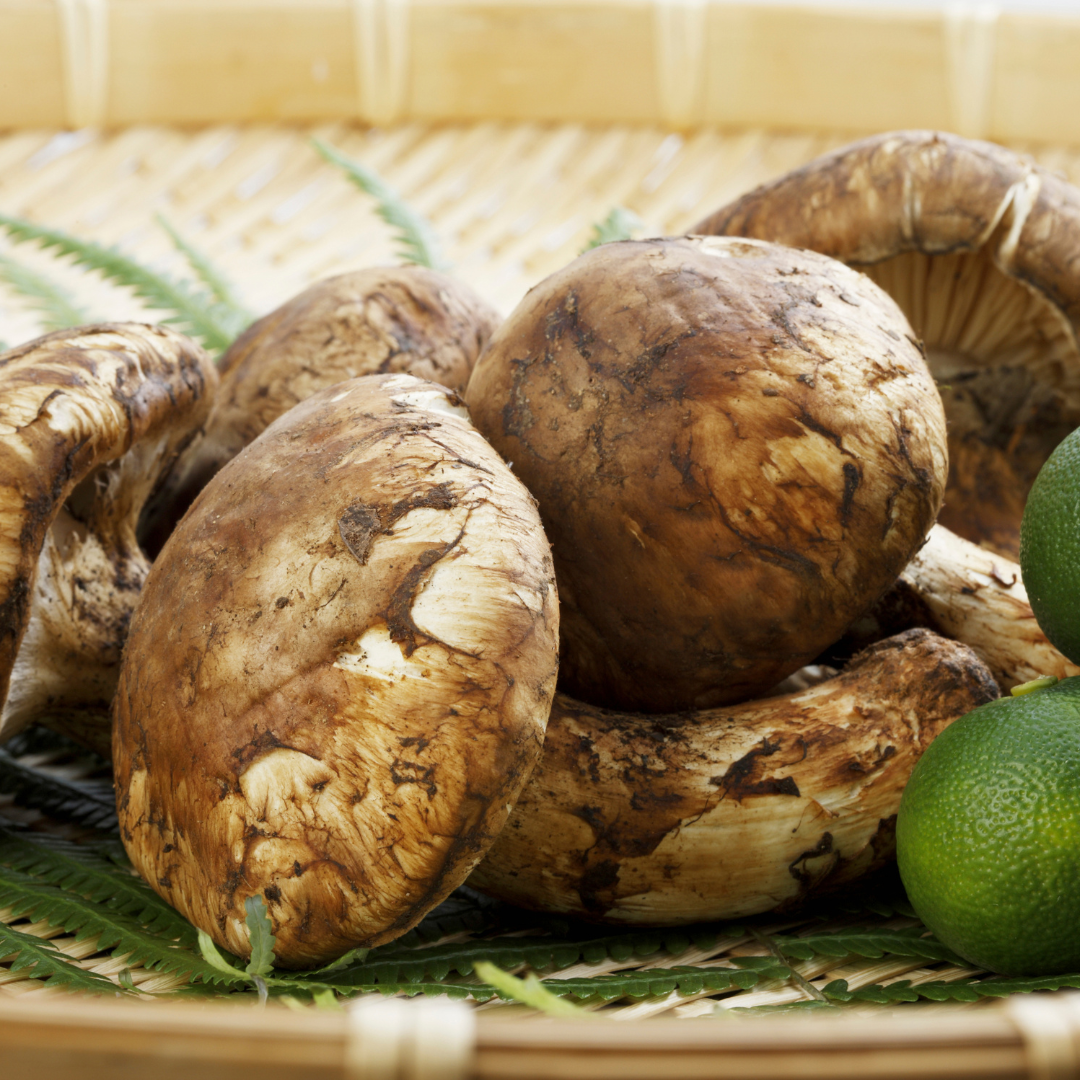
Westerners are unfamiliar with the pine mushroom, or matsutake. In Chinese, Korean, and Japanese cuisine, it's a valued mushroom and it has a distinct spicy aroma.
Matsutake mushrooms grow under specific trees. They are sometimes disguised by leaves and bushes on the forest floor which makes them difficult to find.
Especially since rabbits, deer, squirrels, and other animals devour them firsthand.
The highest-grade Japanese matsutake mushrooms from the start of the season can sell for $1,000 per kilogram and imported matsutake starts at around $90 per kilogram.
Giant Puffball Mushrooms
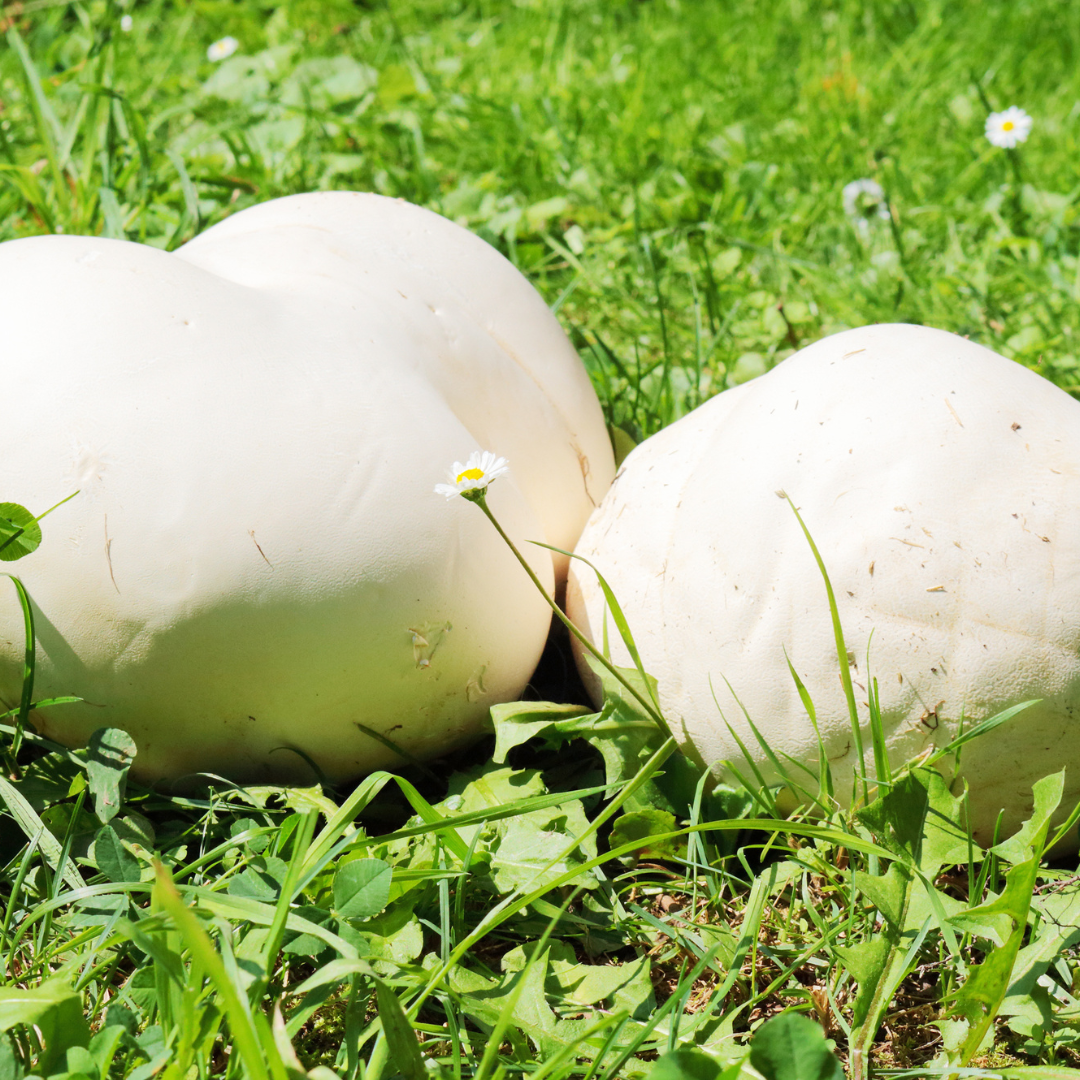
The puffball mushroom can get very big: up to 20 kg, or 44 pounds! But for cooking, they are picked when they are still young and not fully grown.
When a puffball's flesh turns yellow or brown, it has started to make spores that can make your stomach upset.
Puffballs can look like poisonous mushrooms when they are young, so they need to be cut open to make sure they are safe to eat.
The inside of edible puffballs is solid white, while the inside of other mushrooms is yellow or has the shape of a mushroom cap and if puffball mushrooms are left to grow to their full size, they will burst and send trillions of spores into the air.
Cremini Mushrooms
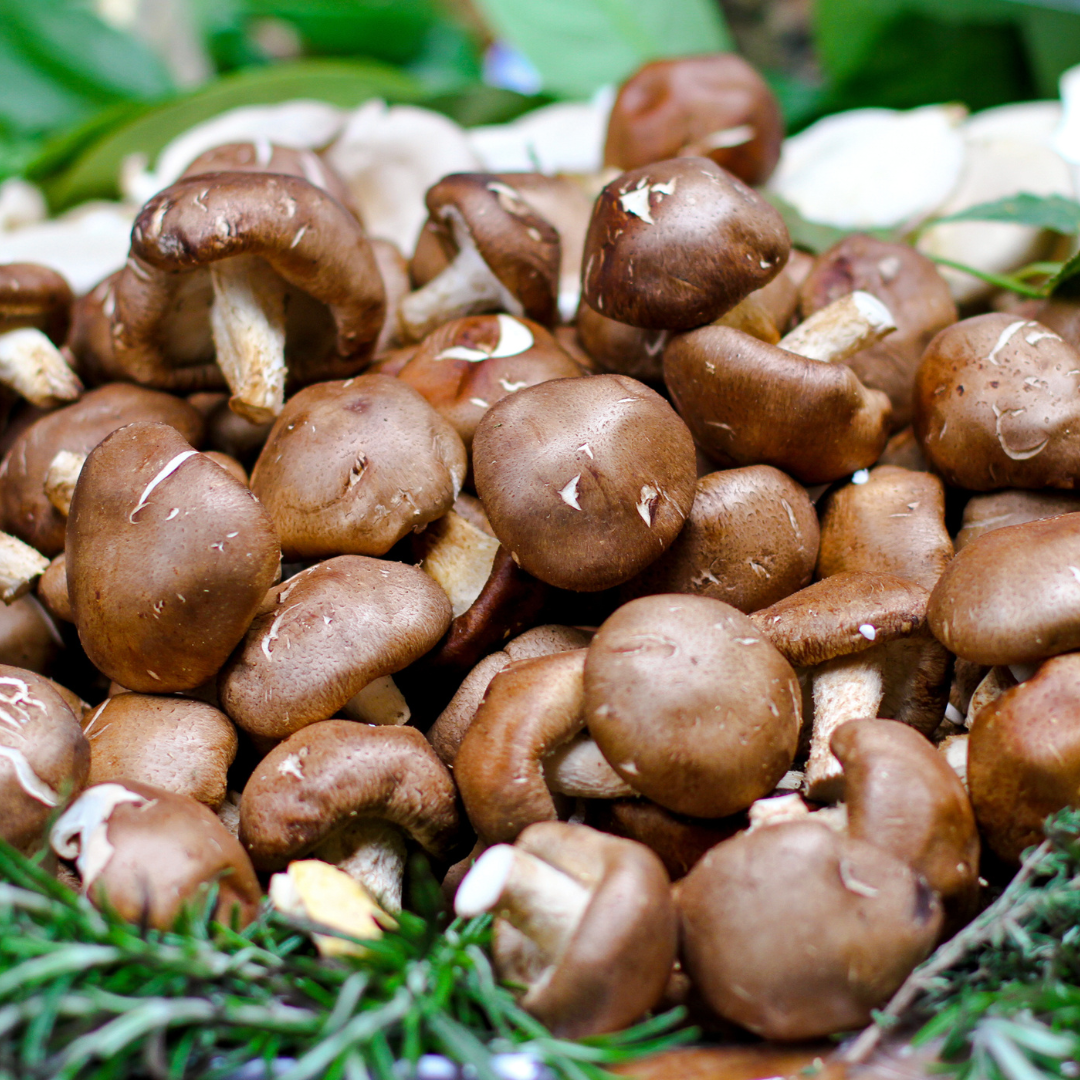
Cremini mushrooms, sometimes called crimini mushrooms, belong to the same genus as button mushrooms but have a richer, earthier flavor.
Another interesting tidbit is that up until 1926, all button mushrooms were brown. That's when a mushroom farmer in Pennsylvania discovered a cluster of white buttons growing in his beds, and he cloned and began selling them as a new kind.
Portobello Mushrooms
 When a button mushroom matures into a portobello, it has reached its full potential.
When a button mushroom matures into a portobello, it has reached its full potential.
Despite their size and meaty texture, these mushrooms have a mild flavor and aroma, much like cremini and button mushrooms. Their mouths are wide open, revealing their dark gills beneath.
Because of their size, portobellos can stand in for meat in veggie burgers or be packed with other ingredients before being baked.
Oyster Mushrooms

Oyster mushrooms might be scary to those who are only familiar with button mushrooms.
Don't feel bad if you don't like any seafood. Despite their oyster-like appearance, these are not oysters at all in flavor.
They are a perfect stepping stone from portobellos to other, more exotic varieties of mushrooms due to their gentle and sweet flavor.
Porcini Mushrooms
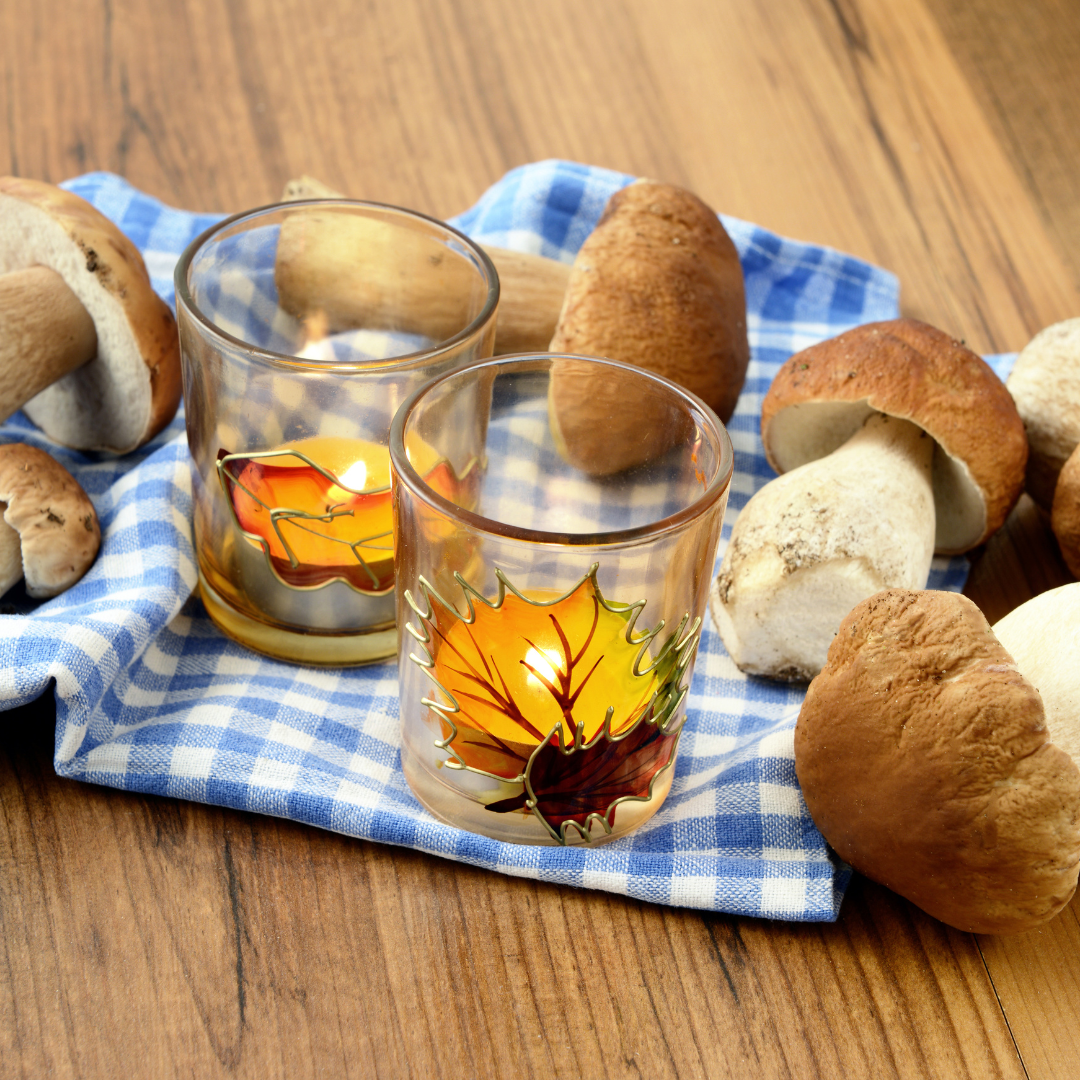 In addition to their more widespread name, porcini are also known as cep mushrooms, and they are frequently used in Italian cuisine.
In addition to their more widespread name, porcini are also known as cep mushrooms, and they are frequently used in Italian cuisine.
They have a flavor that's of their own, with a creamy, nutty profile that some have likened to sourdough bread. In extreme cases, their diameter might reach a whopping 10 inches. However, the vast majority are collected while they are just around an inch in size.
Although they are available fresh and tinned, porcini mushrooms are usually seen in their dried form at grocery stores. Dried porcini mushrooms can be used in place of fresh ones in any recipe calling for mushrooms by simply soaking them in hot water for 10 to 15 minutes before using.
Hedgehog Mushrooms

The gills beneath the crown of a hedgehog or sweet tooth mushroom are where the name comes from. They droop and take on a prickly, hedgehog-like appearance.
Since there are no poisonous close relatives of hedgehog mushrooms, they can be collected with confidence.
If prepared properly, they can be crispy and have a sweet, nutty flavor. Sauté them, pickle them, or boil them in milk or stock.
Chicken Of The Woods Mushrooms
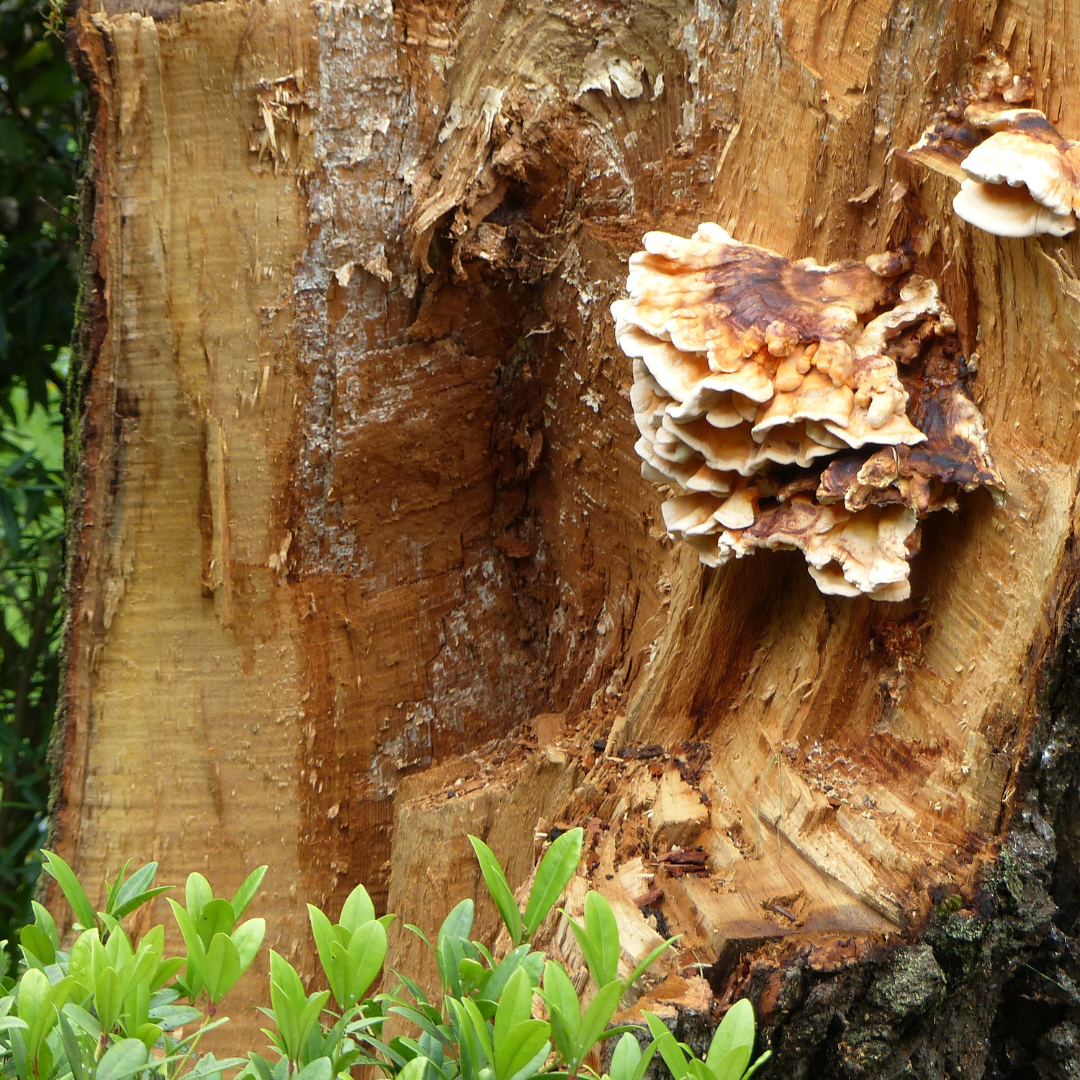
The Latin name for Chicken of the Woods, Laetiporus, means "with bright pores."
This gorgeous orange mushroom forms clusters on the undersides of trees. Typically, the cap of one of these mushrooms will be a lighter orange, while the stem will be a darker orange.
You might guess that the chicken-like flavor that many people report while eating this fungus is where the name comes from. There are several techniques to prepare it that are similar to those used for chicken. Vegetarians and vegans who crave fried "chicken" will appreciate this satisfying alternative.
Morel Mushrooms
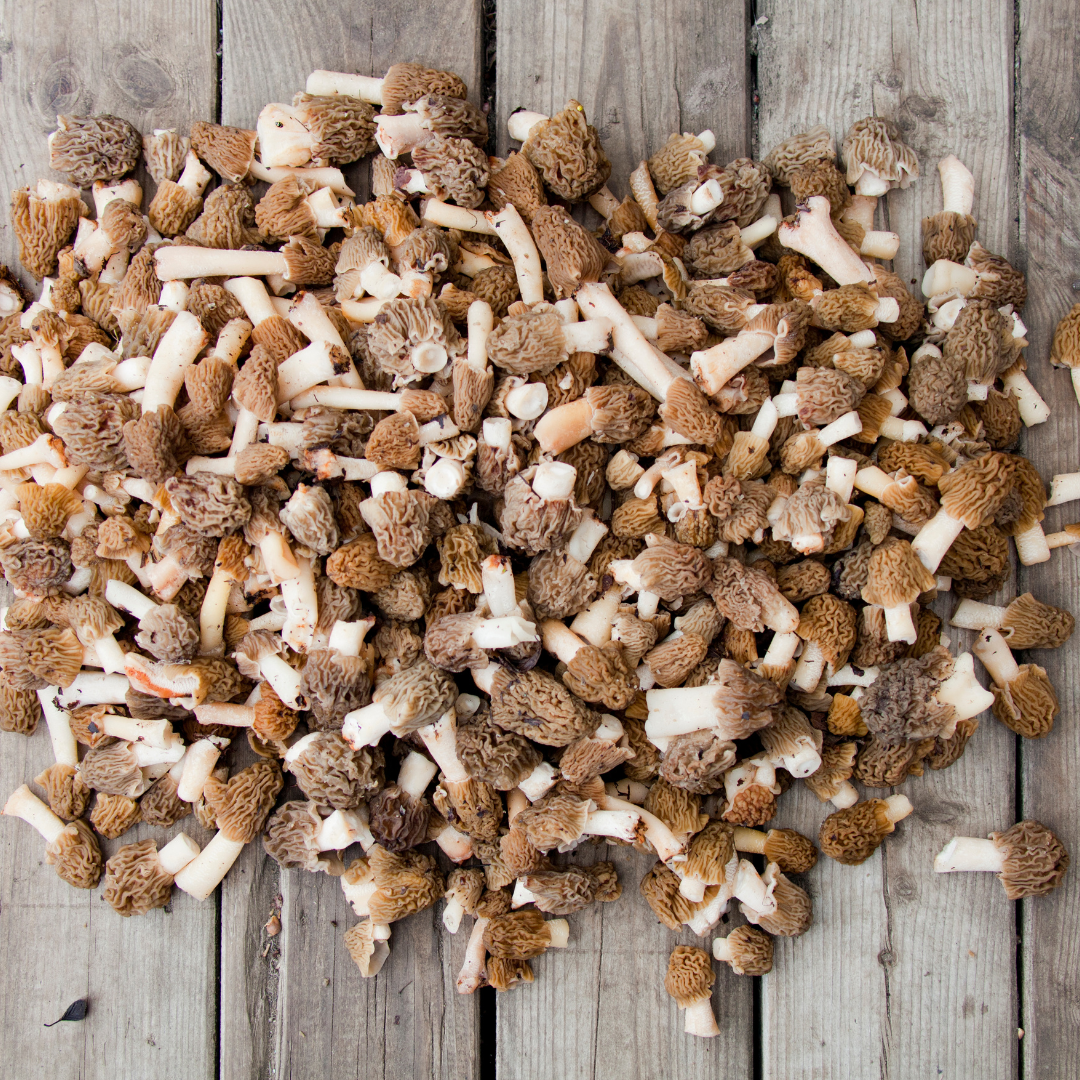
Morels are a common type of wild mushroom that is extremely valuable. Unlike other animals, they aren't commercially produced for retail sale.
In fact, many families have their own special "morel locations" where they travel every year to gather the elusive yet tasty mushrooms.
The flavor of morels is nutty and earthy. They are meaty but not tough, with a sensitive inside.
When foraging for morels, it's crucial to recognize the difference between edible "real morels" and potentially lethal "false morels."
Wood Blewit Mushrooms
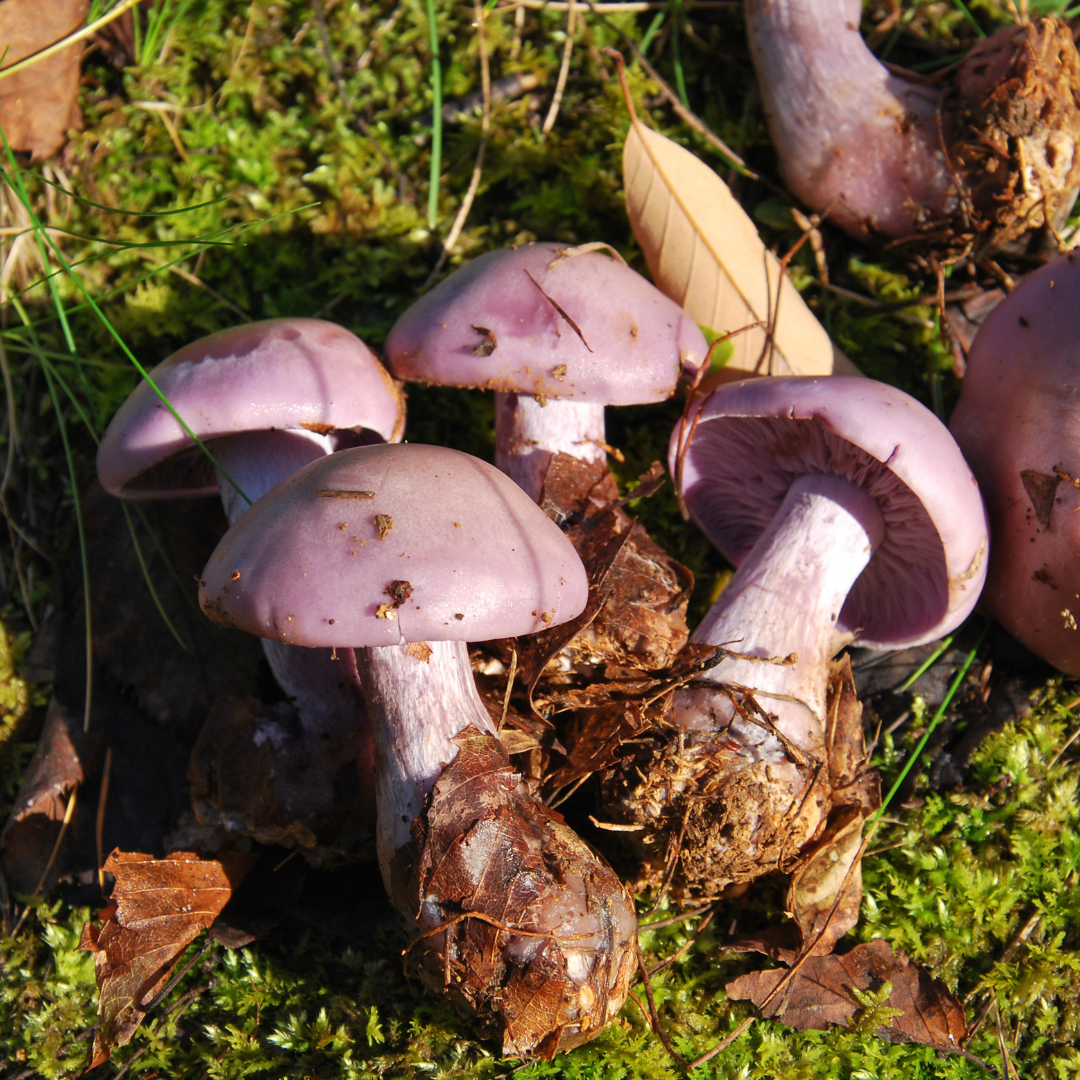
Though some people have allergic responses to them, wood blewits are generally safe to eat. This is especially the case when consumed in their raw form, while responses are still possible when consumed in a cooked form. Thus, it is recommended to begin with a little amount of food.
They grow naturally in many countries. Blewits are versatile and can be used as a stuffing for omelets, a side dish in a stew or sautéed in butter or a cream sauce.
King Oyster Mushrooms

In appearance, king oysters are quite similar to common oyster mushrooms, with which they share the characteristic of growing atop a tall, white stem.
There are typically four or five of these big mushrooms in a tray. As opposed to more common mushrooms, these are incredibly hard and meaty in texture.
These mushrooms, in particular, are great for your heart and immune system. Furthermore, their size makes them a great main dish option for vegetarians and vegans.
Chanterelle Mushrooms

The Chanterelle mushroom, sometimes known as the "golden ear," has a vivid yellow tint. With a flavor profile of sweet and spicy, they pair wonderfully with eggs.
You may keep them for up to 10 days in the fridge, which is far longer than the lifespan of most other types of mushrooms.
The jack o' lantern and the fake chanterelle are two different types of mushrooms that look almost identical. Be very careful when picking your mushrooms; these impostors can induce severe stomach cramps and diarrhea if consumed.
Sautéed chanterelles are delicious and are commonly used to enhance the rich flavors and texture of a pasta meal.
Shimeji Mushrooms
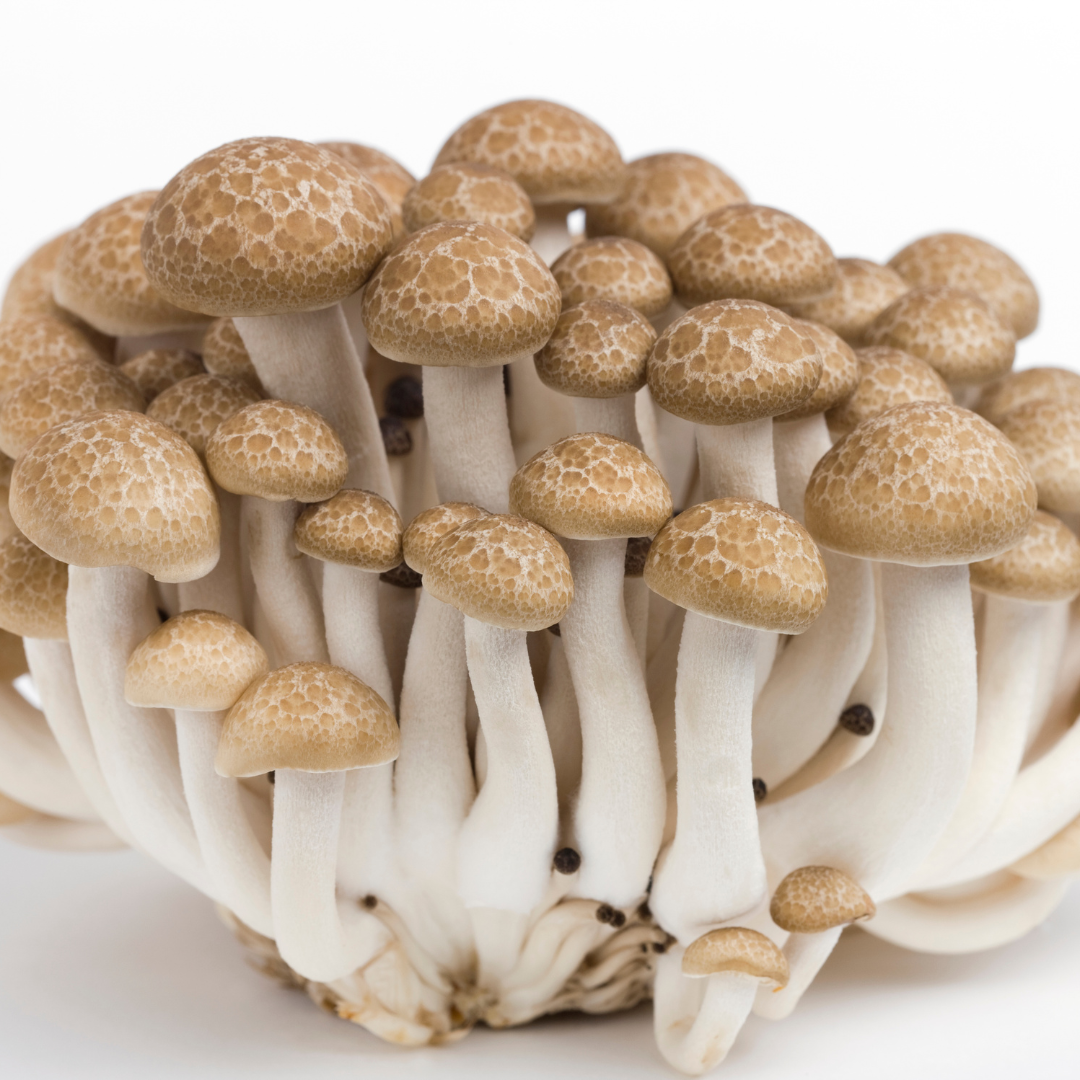
The shimeji mushroom is another East Asian specialty, however, it can also be found in Scandinavia.
White beech mushrooms are another name for them. They improve the flavor of foods with deep, savory umami.
But they have a rather harsh, bitter flavor if eaten raw, thus cooking is always recommended. They pair wonderfully with shellfish and wild game, as well as stir-fries.
Various Categories Of Mushrooms
Cultivated Mushrooms
Cultivated mushrooms are ones that are grown commercially and mushroom farmers use a number of different methods and setups to consistently produce mushrooms for the market.
Cultivated mushrooms include any that you can find at the grocery stores. Examples of these are button mushrooms, portobello, cremini, oyster mushrooms, enoki, and others.
Wild Mushrooms
Mushroom hunters and foragers find and pick wild mushrooms in the wild.
Some kinds of mushrooms can only grow on the living roots of certain kinds of trees. They may also have other traits that make it almost impossible to grow them on a large scale.
Truffles, morels, and chanterelle mushrooms are all popular types of wild mushrooms.
It's important to only pick wild mushrooms if you know what you're doing or if you're mushroom hunting with an expert who can tell you for sure what you've found because there are many wild mushrooms that look exactly the same as wild mushrooms. You wouldn't really know which ones are safe to eat unless you know what to look for.
Medicinal Mushrooms
The therapeutic properties of certain types of mushrooms have been known for quite some time. Shiitake, Tremella, and Maitake are just a few of the edible mushrooms that have been studied for their potential therapeutic uses. Some, however, are either too bitter or too woody to be eaten whole and are therefore brewed into a tea or put into capsule form instead.
The scientific community has established that medicinal fungi have useful properties and functions. Among their many uses are those of antibacterial and antifungal medicines, cancer therapy, cholesterol-lowering medications, and many others.
Reishi, Chaga, and turkey tail mushrooms are all great examples of therapeutic fungi.
Psychoactive Mushrooms
"Magic mushrooms" is a frequent name for psychoactive mushrooms. The psychoactive properties of these mushrooms are well-documented. Most of them have psilocybin, a hallucinogen, in them.
It is important to know the laws in your area regarding the possession of magic mushrooms; nonetheless, a growing number of nations and states in the United States have lately decriminalized psilocybin mushrooms in anticipation of their potential use in psychedelic therapy.
Poisonous Mushrooms
Before consuming mushrooms, it's crucial to recognize them. Many wild mushrooms are dangerous.
Amanita bisporigera, the "destroying angel," and other toxic species resemble edible mushrooms. They resemble button mushrooms, puffballs, and other foods at various stages.
Poisonous mushrooms can cause severe illness or irreparable liver and kidney damage.
Useful Mushrooms
Some mushrooms are used for non-edible reasons.
Europe, particularly Slovenia, has utilized Amanita muscaria mushrooms as fly traps for centuries.
Thus the name "fly agaric." Flies consume milk from mushrooms drenched in it and die.
Bioremediation uses mushrooms. They degrade oil and other pollutants. Fungus improves compost.
Scientists discover new mushroom uses and fungi-based inventions every year and these include mushrooms in biofuels, packaging, cleaning goods, textiles, and building materials!

